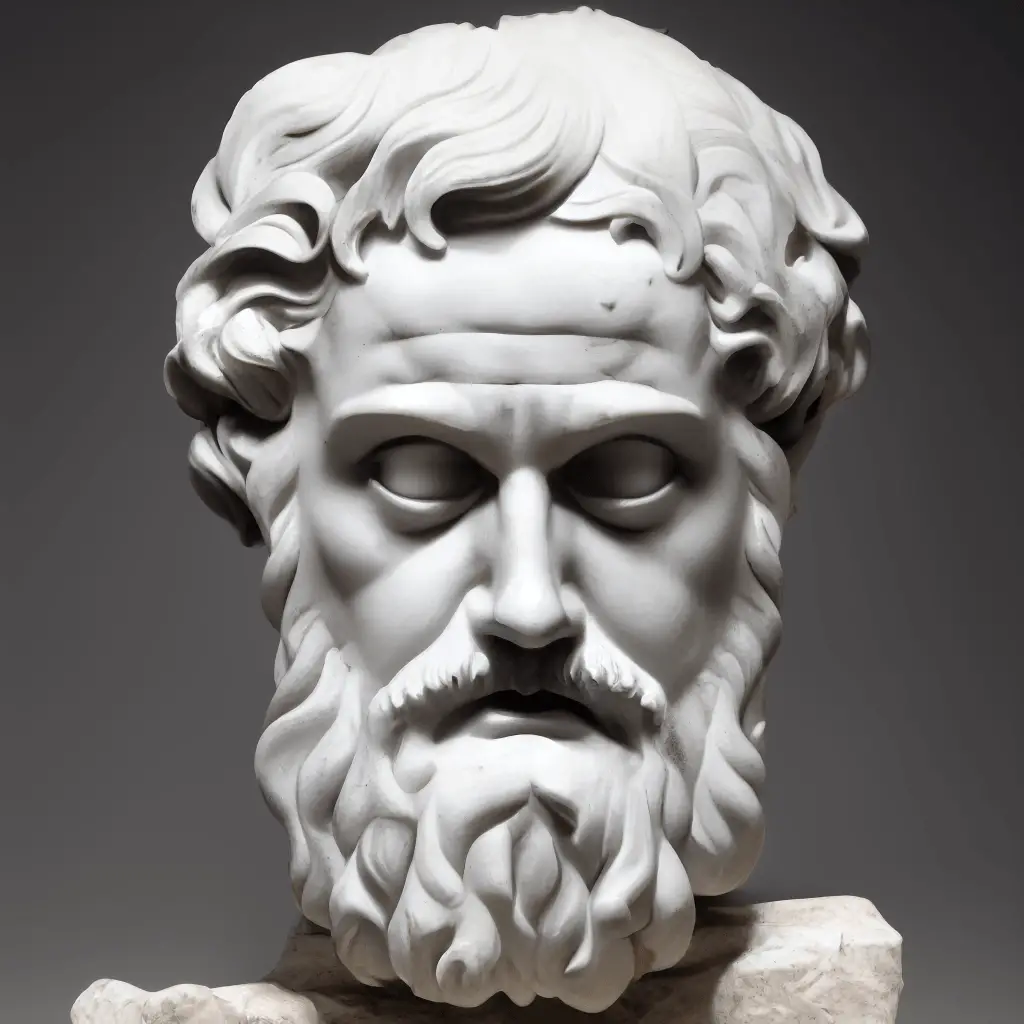Share the Lore!
By: Sid Meyers
Where Does The Concept Of Souls Come From?
Souls are the concept of an intangible self that defies our bodily being. Souls can be saved, lost, or sold.
Almost every culture speaks of a soul. Some believe people have a single soul, and others have thought there are two.
Some souls are attached to the body, some are a part of a body, while others are connected to the self from a spiritual realm.
Souls have gone by many names, including ka, ba, hun, atman, thymos, and psyche.
But the Western-Christian concept of the soul is shaped by the people who made the religion popular.
Christian Concept Of Soul Originates With The Ancient Greeks
The modern usage of “soul” comes from the Old English words sáwol and sáwe. These are rooted in the Old High German word for psychē: sêula and sêla.
Psyche (psyche) originated with the Ancient Greeks. However, when tracing their link to Christianity, you discover that “All roads lead to Rome.”
For it was the Roman Emperor Constantine that brought Christianity out of cult-like obscurity into widespread popularity.
Which is how the people who crucified “The King of the Jews” came to embrace the religion that worshipped Jesus Christ.
But the Roman Empire had never been known for originality. Their faith before Christianity was borrowed, too, from the Ancient Greeks.

While Constantine abandoned a religion of many gods for a Holy Trinity, the Ancient Greek philosophers were still held in great esteem.
Then when Constantine moved the empire’s capital to Constantinople (now Istanbul) in 330 CE, it spread the new religion along with the admiration of the great Greek philosophers.
Thus, the two men who heavily influenced the Christian concept of the soul, St. Gregory of Nyssa of Cappadocia (Turkey) and St. Augustine of Rome, drew heavily from the ancient thinkers, especially Plato, with a dash of Aristotle.
Homer’s Depiction Of Souls In The Afterlife
Homer provides one of the earliest depictions of Ancient Greek’s concept of souls and the afterlife in the underworld of Hades.
Modern depictions of Hades often resemble the Christian concept of Hell. It is shown as a place where souls are banished and terrorized by horrifying creatures, such as the three-headed dog Cerberus.
But Hades was an underworld made up of different realms. First, there was the Elysium Fields, depicted much like a sunny, rustic Christian Heaven for spirits still remembered by the living.
Those who were forgotten or lived lives of little importance wandered the Land of Hades, a grey and misty landscape of near nothingness.
The wicked were sent to Tartarus, a dark pit of Hades, for eternal torment.
However, even the most pleasant parts of Hades paled to life on earth. In the times of Homer, the soul was only a slice of the sense of self. Without the body, a being is but a shadow of who they once were, creating a dreary existence.
Homer illustrates this lackluster afterlife with Achilles, who achieved kleos, a mortal hero’s immortality, the highest honor a mortal soul could achieve.
When Odysseus encounters Achilles in Hades, the slain hero warns the King of Ithaca to take better care of his life. Achilles finds death so dreary that he’d rather be an enslaved person on earth “than rule down here over all the breathless dead.”
But as time moved on in Ancient Greek, so did the thoughts on the afterlife. The Elysium Fields grew brighter and closer to the Christian concept of eternal reward; thus, the afterlife no longer looked so grim.
Plato’s Depiction Of Souls
One of the most famous Ancient Greek concepts of the soul comes from Socrates, immortalized by the words of Plato. It is these works that heavily inspired St. Gregory of Nyssa and St. Augustine, who shaped the Christian concept of the soul.
In Plato’s texts, the soul is the essence of a being that is made of three parts:
The first is logos: also known as reason, order, nous, mind, and superego.

Logos is reason that comes from the divine. The concept is not unique to the Ancient Greeks, as the Indian, Persian, and Egyptian philosophies had a similar concept. However, it was from the Greeks that the early Christians used to define the role of Jesus Christ in the Trinity.
The second was thymos (thumos): spirit, emotion, ego.
Thymos relates to the word “smoke” and is associated with air and breath.
Thymos, when left to run amok, is hubris, a flaw.
However, when thymos works within reason rather than strictly emotion, it allows a person to reach a higher form of wisdom and truth. For Christian thinkers, this is related to the Holy Spirit.
The third is pathos: carnal appetites, id.
Pathos is the language of the poets, swaying people’s beliefs and perceptions through emotion rather than logic. But for Christian thinkers, this is the flesh of our being, our carnal desires, which must be overcome.
The Iron Age’s Concept Of Soul
While modern Christianity’s concept of soul is traced to the Ancient Greeks, they were far from the only culture to conceive of an essence of being that can be separated, or is separate, from the body.
One of the earliest written examples is a stone slab found in South Eastern Turkey. The 800-pound stele is about three feet high and depicts a man believed to have been cremated.
The words on the stele state that “I, Kuttamuwa, servant of Panamuwa,” had overseen the design of the slab while still alive and that his soul would rest inside the stone.
The Ancient Egyptian’s Concept Of Soul
The soul in Ancient Egypt was complicated, broken down into various parts. However, just as the Ancient Greeks’ concept of soul evolved, so did the Ancient Egyptians’. Thus, the exact number of elements related to the soul and even a person’s being shifted with the dynasties.
The five most well-known are:
- Ren: the person’s name. Ren only ceases to exist when there is no longer any memory or written record of their existence.
- Ka: the vital essence that divides the living from the dead. When alive, the body contains the spirit. Once dead, ka live on and was sometimes left with offerings of food and drink.
- Ib: the heart of a person’s soul, urging them to seek goodness and truth.
- Ba: is what gives a being their unique personality.
- Sheut: a person’s shadow, believed to hold an essence of the self.

There May Have Been Earlier Concepts Of Soul
Researchers have yet to establish the first people who conceived of a soul. However, there is the suggestion that well before humans had written language, they held beliefs of a separate connection to the self.
For example, art and objects from the Paleolithic age display evidence of spiritualism. Many of these artworks are of animals, suggesting a religious connection to the act of a hunt.
In addition, the dead of the Paleolithic age were sometimes found to be buried with items of value, such as a piece of meat and tools. These allude to a belief that something about a person lived beyond death.
Thus, the idea of a soul may be as old as the concept of the self.
Resources:
Soul: Religion And Philosophy Soul: New World Encyclopedia The Human Soul: An Ancient Idea Ancient Theories of Soul Who Was Constantine? Art In The Paleolithic Age
